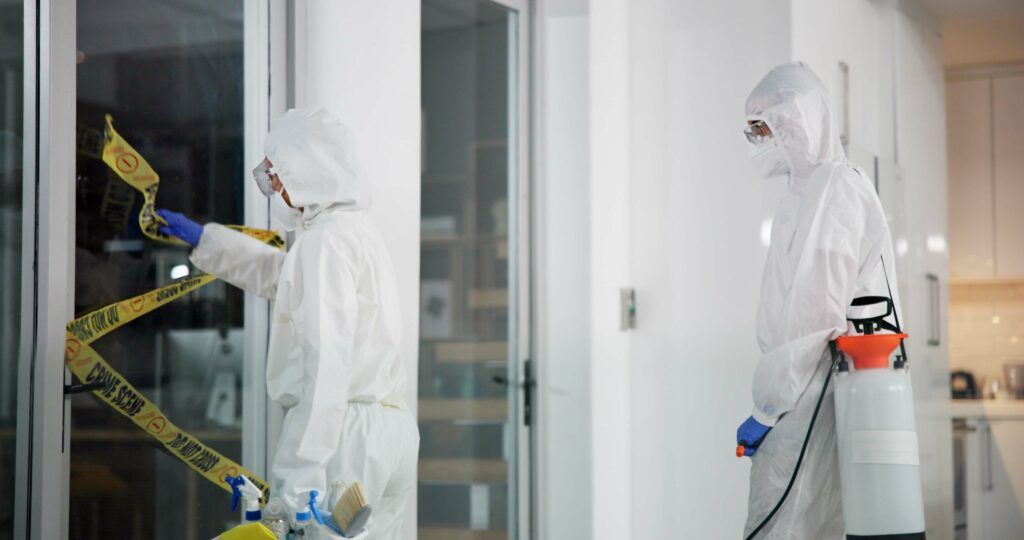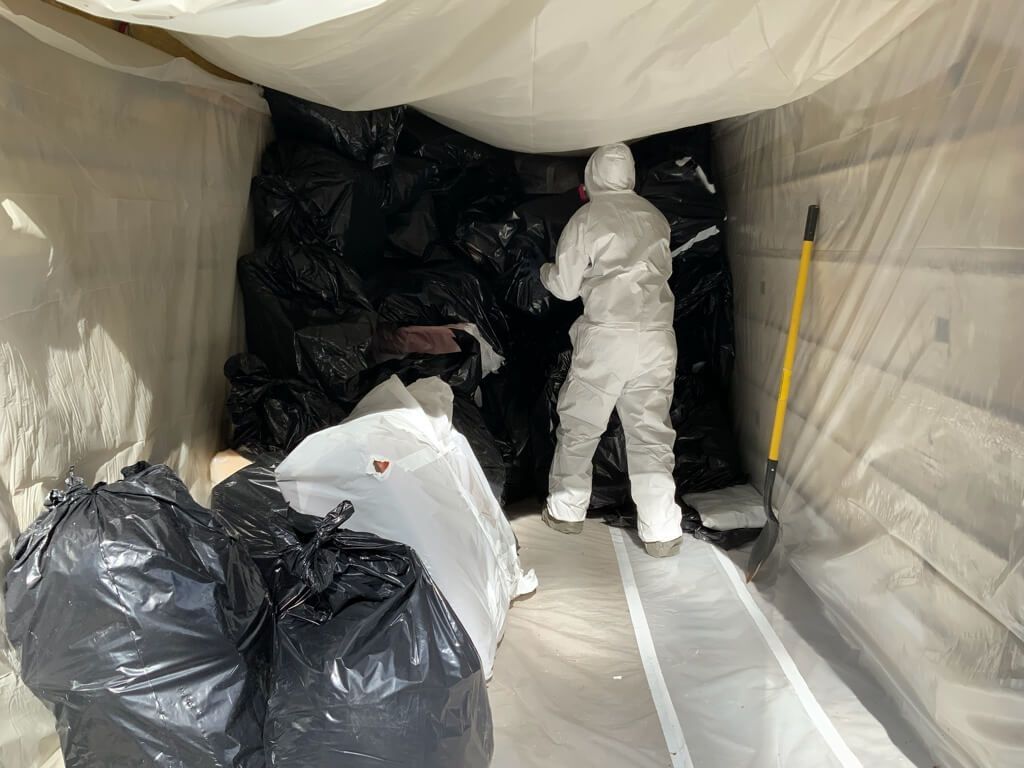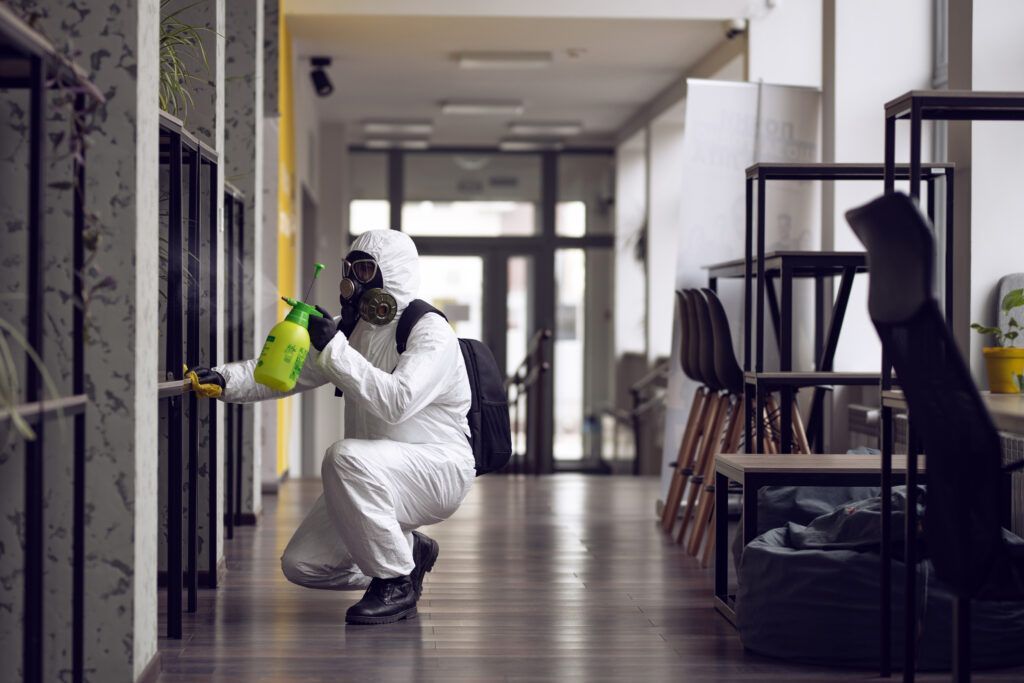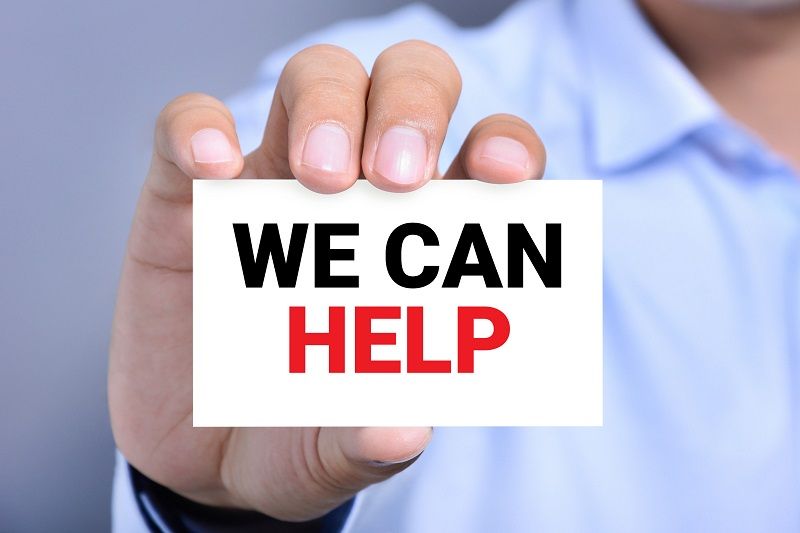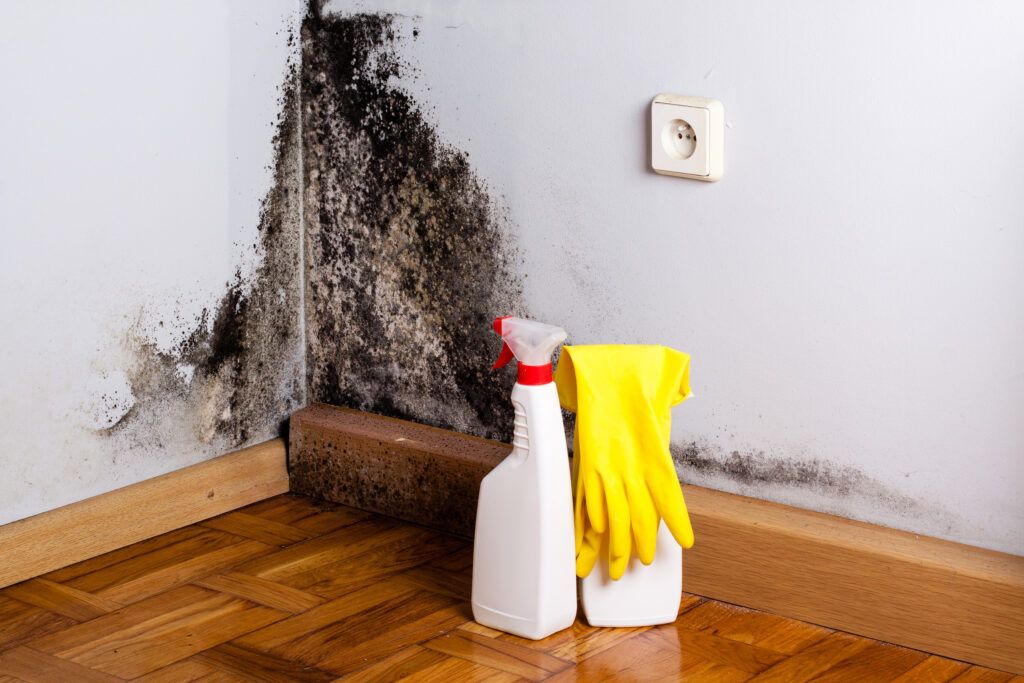Do I Need a Roof Inspection After a Hailstorm? (Yes – Here’s Why)
When those dark clouds roll in and hail starts pounding your property, the damage isn’t always immediately visible from the ground.
Many property owners make the critical mistake of assuming their roof survived unscathed simply because they don’t see obvious signs of damage. At HRS Restoration Services, we’ve seen countless cases where hidden hail damage led to extensive (and expensive) problems months or even years later.
The truth is simple: after any significant hailstorm, a professional roof inspection isn’t just recommended – it’s essential.
Don’t leave your property’s most important protective system to chance. Schedule a free roof assessment with our team today, or call our 24/7 emergency line at 303-241-7849 if you’re already experiencing problems after a recent hailstorm.
The Hidden Nature of Hail Damage
Hail damage doesn’t always announce itself with dramatic leaks or missing shingles. In fact, the most dangerous type of hail damage is often invisible to the untrained eye.
When hail strikes your roof, it can:
- Compromise the protective granular surface of shingles, exposing the asphalt underneath to UV degradation
- Create hairline cracks that allow water to penetrate slowly over time
- Dent or damage flashing around vents, chimneys, and other roof penetrations
- Loosen roofing materials without completely dislodging them
- Damage underlying waterproofing membranes
even when the outer roofing appears intact
What makes hail damage particularly insidious is that it often creates vulnerabilities that don’t manifest as problems until months later – typically after your insurance claim window has closed.
The Cost of Waiting: Why Immediate Inspection Matters
Many property owners make the mistake of thinking, “My roof isn’t leaking, so it must be fine.” This wait-and-see approach can be extraordinarily costly for several reasons:
1. Insurance Claim Deadlines
Most insurance policies have strict time limits for filing hail damage claims – typically between 6 months to 1 year after the event. If you wait until you notice water damage inside your building, you may have already missed your window for coverage.
2. Progressive Deterioration
Minor hail damage doesn’t stay minor. What begins as a small vulnerability will gradually worsen with each rainfall, freeze-thaw cycle, and UV exposure. A $15,000 repair today could become a $50,000 replacement next year.
3. Secondary Damage
When roof integrity is compromised, you’re not just risking roof damage. Water intrusion can lead to:
- Mold growth and indoor air quality issues
- Damaged insulation (reducing energy efficiency)
- Compromised structural elements
- Damaged interior finishes and contents
- Business interruption in commercial settings
One Colorado property management company we worked with ignored minor hail damage to a multi-family building. Six months later, they faced over $120,000 in repairs due to water damage, mold remediation, and tenant relocation costs – all of which could have been prevented with a timely inspection and repair.
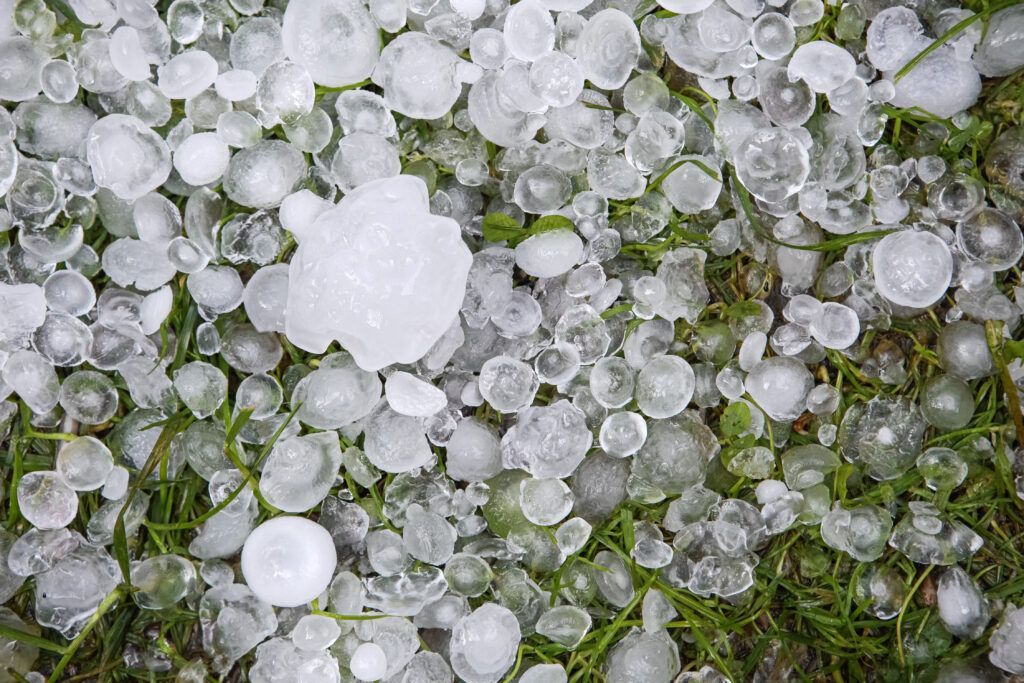
What a Professional Hail Damage Inspection Includes
A proper post-hailstorm roof inspection is far more comprehensive than a quick visual scan. At HRS, our certified inspectors conduct thorough assessments that include:
Exterior Examination
- Systematic inspection of all roofing materials
- Documentation of impact marks, dents, and fractures
- Assessment of flashing, vents, and other roof penetrations
- Evaluation of gutters and drainage systems
- Inspection of exterior walls for collateral damage
Interior Checks
- Attic inspection for signs of water penetration
- Examination of ceiling surfaces for discoloration
- Moisture readings of potentially affected areas
Documentation & Reporting
- Detailed photography of all damage
- Comprehensive written assessment
- Insurance-ready documentation
- Repair recommendations and estimates
The most valuable aspect of professional inspection is the trained eye that can spot subtle damage patterns that untrained observers miss.
Don’t leave your property’s most important protective system to chance. Schedule a free roof assessment with our team today, or call our 24/7 emergency line at 303-241-7849 if you’re already experiencing problems after a recent hailstorm.
The Insurance Factor: Protecting Your Investment
Insurance companies understand the relationship between hailstorms and roof damage. That’s why most policies cover hail damage – but only if you identify and report it promptly.
Working With Your Insurance Provider
After a professional inspection confirms hail damage, the next step is navigating the insurance claim process. Here’s where having an experienced restoration partner becomes invaluable:
- Documentation: Insurance adjusters require thorough evidence of damage. Professional inspections provide the detailed documentation needed to support your claim.
- Advocacy: Experienced restoration professionals can help explain technical findings to adjusters and ensure damage isn’t overlooked.
- Compliance:
Insurance companies often have specific requirements for repairs. Working with certified professionals ensures your repairs meet these standards.
One of our commercial clients in Denver initially had their hail damage claim denied because they filed without proper documentation. After our team conducted a thorough inspection and provided detailed evidence, the insurance company reversed their decision and approved a $175,000 claim for roof replacement.
Beyond Residential: Commercial Property Considerations
For commercial property owners and managers, roof integrity takes on even greater importance:
- Business Continuity: Roof failures can interrupt operations and revenue
- Tenant Satisfaction: Water intrusion affects occupant comfort and satisfaction
- Liability Concerns: Failure to maintain the property can create liability issues
- Asset Protection:
The building itself is a significant investment requiring protection
Commercial roofing systems often have more components and potential failure points than residential roofs, making professional inspection even more critical after hailstorms.
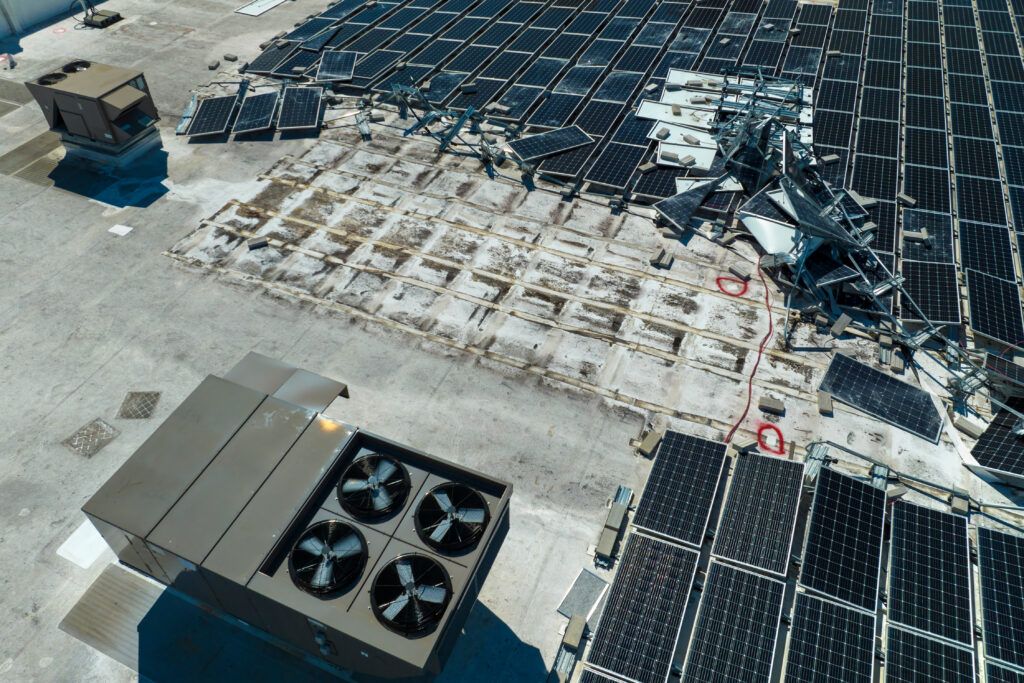
When to Schedule Your Inspection
The ideal time for a hail damage inspection is within 1-2 weeks after the storm . This timing allows:
- Prompt documentation while evidence is fresh
- Sufficient time to file insurance claims
- The ability to make emergency repairs if necessary
- Prevention of secondary damage
Don’t wait for leaks to appear – by then, the damage has typically progressed far beyond the initial hail impact.
Conclusion: Peace of Mind Through Proactive Care
The question isn’t really “Do I need a roof inspection after a hailstorm?” but rather “Can I afford not to have one?”
A professional inspection typically costs between $300-$500 – a minimal investment compared to the potential costs of unaddressed damage. Even if the inspection finds no significant issues, the peace of mind alone is valuable.
At HRS Restoration Services, we’ve seen firsthand how proactive inspections save property owners thousands in potential damage and help maintain property values. Our certified inspectors provide thorough assessments and clear guidance on next steps, whether that’s minor repairs, insurance claims, or simply documentation for future reference.
Don’t leave your property’s most important protective system to chance. Schedule a free roof assessment with our team today, or call our 24/7 emergency line at 303-241-7849 if you’re already experiencing problems after a recent hailstorm.
Your roof protects everything beneath it – make sure it gets the attention it deserves after severe weather.onal remediation isn’t just recommended—it’s essential for health, safety, and peace of mind.
The post Do I Need a Roof Inspection After a Hailstorm? (Yes – Here’s Why) appeared first on HRS Restoration.
